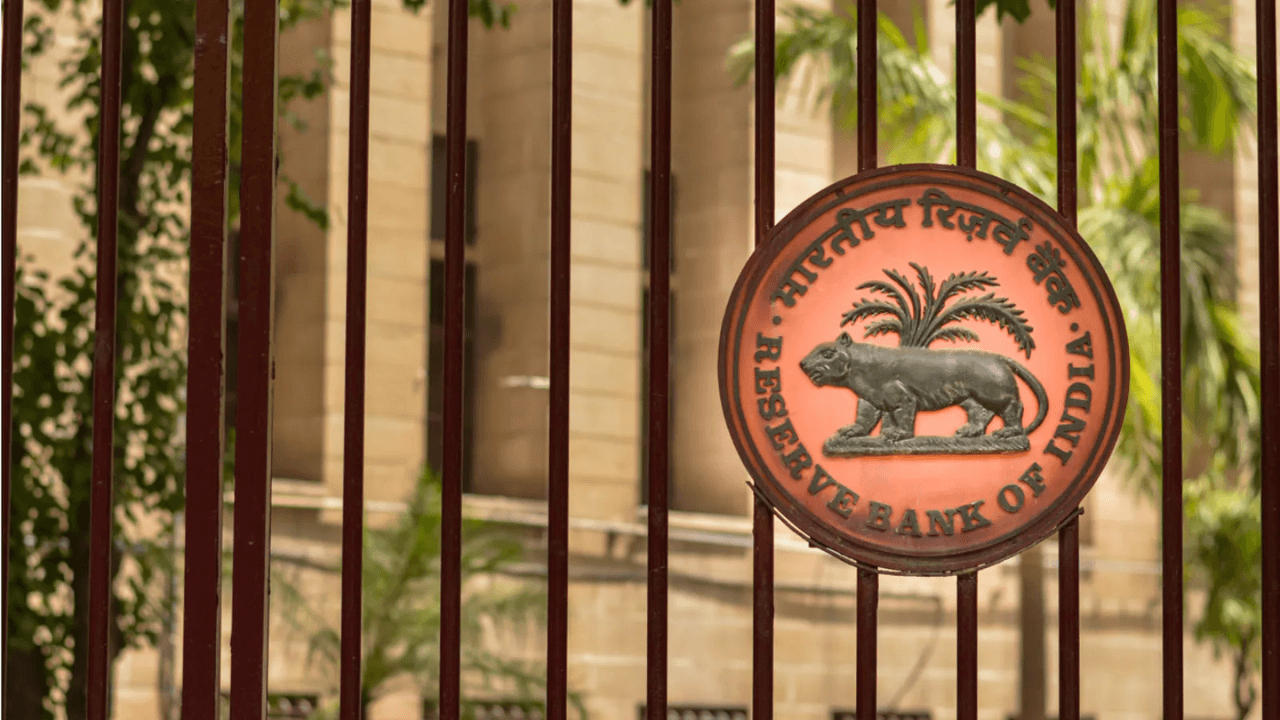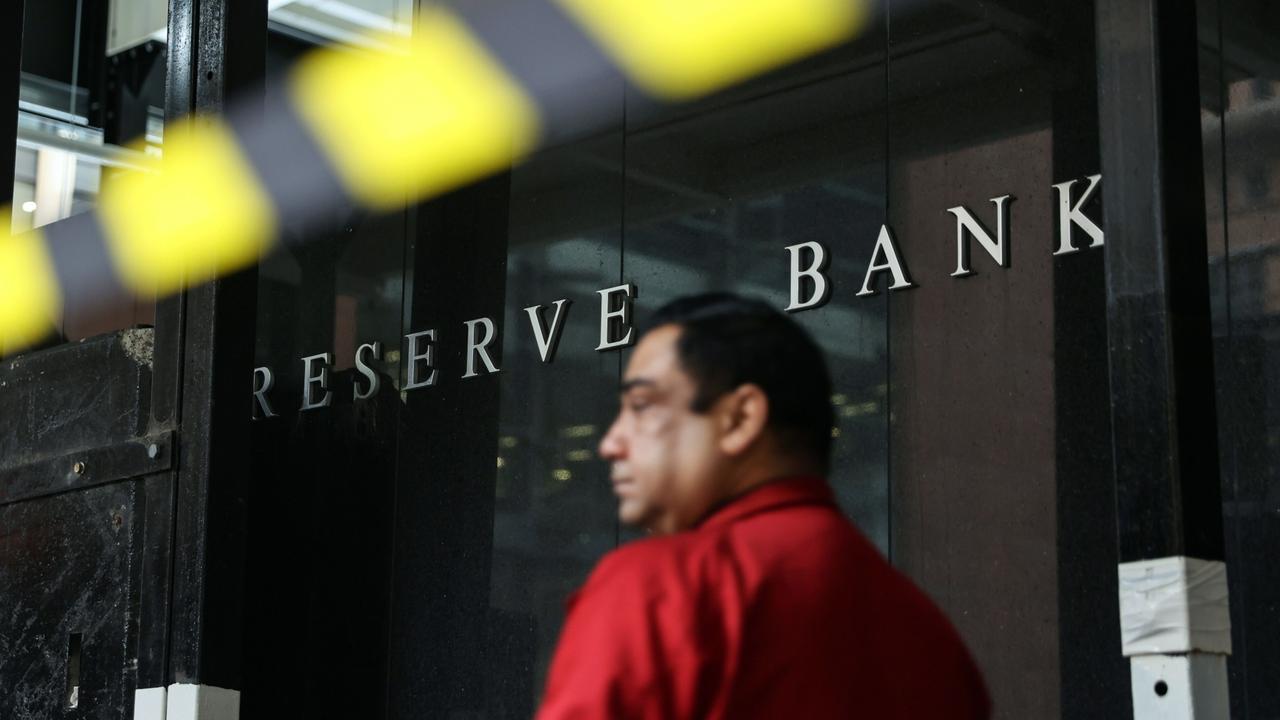Reserve Bank Maintains 6.5% Benchmark Rate in Monetary Policy Review

Reserve Bank Maintains 6.5% Benchmark Rate in Monetary Policy Review
In the ever-evolving world of finance, central banks play a pivotal role in guiding national economies. One of the essential tools they wield in this endeavor is the adjustment of benchmark interest rates.
The Reserve Bank recently announced its decision to maintain the benchmark rate at 6.5% at the ensuing monetary policy review meeting. Let’s delve into the nuances of this decision and what it means for the economy.

The benchmark interest rate, often termed the repo rate, is the rate at which the Reserve Bank lends to commercial banks in the country.
Given the rising inflation and external variables, analysts anticipate the Reserve Bank to maintain the benchmark rate at 6.5 percent at its upcoming bimonthly monetary policy review, which is slated for later this week. This might result in steady interest rates for both retail and corporate borrowers.
Following the Russia-Ukraine war, the Reserve Bank began gradually raising the policy rate in May 2022, and in February of this year, it was raised to 6.5 percent. The rate has remained steady ever since in the previous three bimonthly reviews of monetary policy.
The six-member Monetary Policy Committee (MPC), which is chaired by the RBI Governor, will convene on October 4 for three days of meetings. On Friday, October 6, Governor Skhatikanta Das will make the announcement. In addition, he noted that although September and October are predicted to see a dramatic decline in retail inflation, there is still some scepticism about Kharif output, particularly in relation to pulses, which might lead to an increase in prices.

“However, a rate increase may be ruled out because of the declining inflation trend. The MPC may delay reducing the repo rate for a longer period of time, he added.
In terms of both the policy rate and the stance, Karthik Srinivasan, Senior Vice President & Group Head – Financial Sector Ratings, ICRA Limited, anticipates the MPC to maintain status quo.
“The significant tightening in liquidity that was seen in the second half of September is unlikely to sustain, particularly with the release of liquidity from incremental CRR imposed in previous policy,” the author noted.
He continued by saying that given the recent high rise in interest rates in emerging countries and the potential effects it may have on capital flows, foreign currency reserves, and exchange rates, the RBI is likely to maintain its current level of caution.
The government has instructed the Reserve Bank to maintain retail inflation based on the Consumer Price Index at 4% with a 2% tolerance on each side.The RBI has maintained the repo rate at 6.5 percent since it was hiked from 6.25 percent in February, stabilising the borrowing cost that began to rise in May of last year. The benchmark rate was later maintained in the next three bimonthly policy reviews in April, June, and August.

Aman Sarin, Managing Director of Anant Raj Limited, commented on expectations for the upcoming monetary policy, noting that the central bank recently implemented a number of successful measures to guarantee that liquidity is available, inflation is under control, and business is expanding. The MPC is tasked for choosing the policy repo rate with the goal of hitting the inflation target while taking growth into consideration.
The MPC increased the policy rate by 40 basis points in an off-cycle meeting in May 2022. This was followed by rate increases of varied magnitudes at each of the five sessions that followed until February 2023. Between May 2022 and February 2023, there was a total 250 basis point increase in the repo rate.
Three external members and three RBI employees make up the MPC. Shashanka Bhide, Ashima Goyal, and Jayanth R Varma are the panel’s external representatives. Deputy Governor Michael Debabrata Patra and Executive Director Rajiv Ranjan are the two RBI representatives in the MPC in addition to Governor Das.
This rate influences a host of other interest rates in the economy, including the rates consumers see on their savings accounts, mortgages, and personal loans. By adjusting this rate, central banks can influence spending, investment, and overall economic growth.

One of the primary reasons for adjusting interest rates is to control inflation. A higher interest rate can dampen borrowing and spending, thus cooling down an overheating economy.
By retaining the rate at 6.5%, the Reserve Bank signals that it finds the current inflation levels manageable and within its target range.
In times of economic uncertainty or downturns, central banks might reduce interest rates to encourage borrowing and investment. Conversely, during strong economic growth, they might increase rates to prevent overheating. Retaining the rate suggests the Reserve Bank views the current economic growth rate as balanced.
International factors can influence domestic monetary policy. With global economies interconnected, central banks often consider the broader international economic situation. Economic downturns in major trading partners, for instance, can have ripple effects domestically.
Dramatic changes in interest rates can lead to volatility in financial markets. By maintaining rates, central banks can offer a sense of stability, signaling to investors and markets that there are no immediate threats or concerns.

For the common citizen, the benchmark rate’s maintenance means that there will be no immediate increase or decrease in loan interest rates. Home loans, car loans, and personal loans will largely remain at their current levels.
Similarly, interest rates on savings accounts and fixed deposits might remain stable, offering no immediate incentive for people to change their saving behavior.
A stable interest rate environment can be attractive to foreign investors, particularly if rates are higher compared to other major economies. This can bring in valuable foreign exchange and support the domestic currency.
For businesses, the rate retention means that borrowing costs remain predictable, at least in the short term. This can aid in planning and investment decisions.
The Reserve Bank’s decision to retain the benchmark rate at 6.5% is a strategic one, made after considering a myriad of domestic and global factors.
While the direct impact on the common citizen might seem minimal, such decisions play a crucial role in shaping the broader economic environment, influencing everything from employment levels to investment climates. It will be intriguing to see how this decision will affect the economy in the coming months.





